Featured Brands
Recommended Products
Get free shipping, on most items, with your $50 purchase today! Same day shipping on most orders if placed by 3pm PST.
PLEASE NOTE:
This offer is only available to physical shipping addresses in the 48 continental United States (no PO Boxes), and some exclusions apply.
Oversize Charges
Some large and/or heavy items are subject to additional oversize charges that are separate from standard shipping costs.
Bike Build Process
All bikes are built, tested, tuned, and ready to ride upon shipment. The bike build process typically takes 2-3 days to complete depending on the bike model and the complexity of the build.
Stock Status
Orders for in-stock items placed by 3PM PST usually ship on the same day. Orders that include special-order or backordered items may be subject to shipping delays depending on product availability. Refer to estimated delivery times in cart when selecting shipping options.

Our Gear Advisors are Ready to Help.

The road is calling, and you are ready to answer the call! But, figuring out the right road bike to get you started can be a challenge. While these bikes often look very similar, there a number of changes to geometry, features, and component specs that align these bikes with specific rider needs and terrain. This guide will help you navigate all the various options of road bike features and styles of riding, so you can hit the road in confidence and comfort.
Bicycles got their start on the road, or at least what was once considered a road (known as fire roads today). As time will have it, the roads got better and so did bikes. Similarly, most of the improvements had to do with introducing new materials and different production processes. For the most part, very little has changed in the past 30+ years in the overall design or function of the Road Bike. Suspension has been experimented with, geometry has been tweaked, disc brakes have become immensely popular, some industry standards have changed, but the key elements remain the same. A road bike is an extremely versatile yet simple machine that, depending on the rider, could almost literally be ridden anywhere.
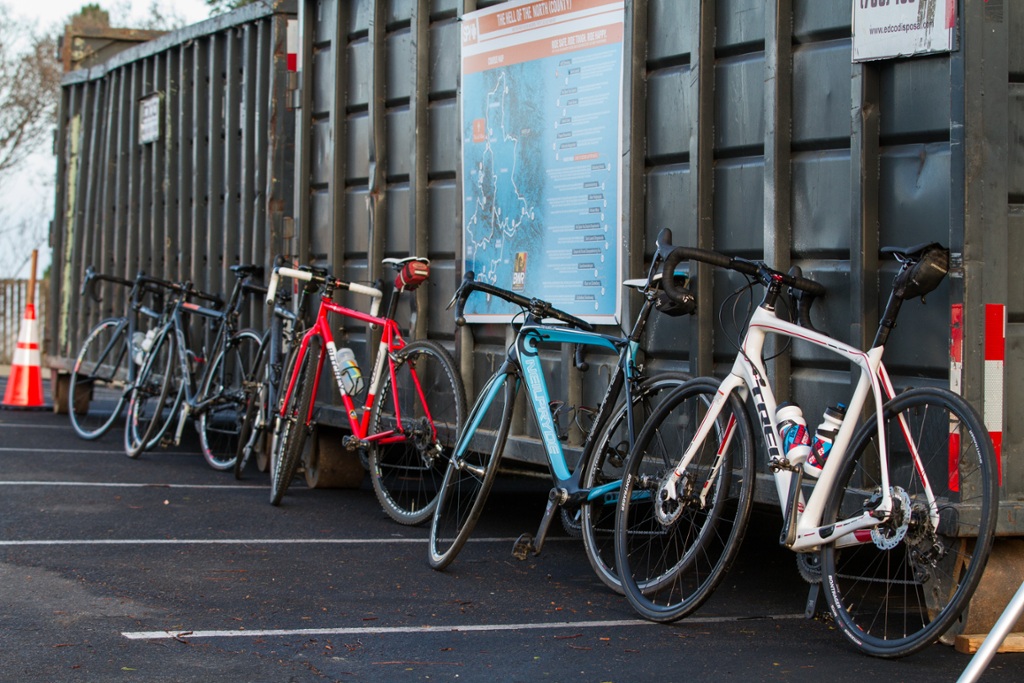

Road bikes are primarily ridden on paved roads over long distances. Racing road bikes are what most people imagine when they hear the term “road bike”, but road bikes can vary from an aerodynamic time trial race rocket to fat-tired steel touring rig. While it’s great that the market is diverse, this can make selecting a road bike rather daunting. A good place to start is to consider what types of rides you’d be doing and some routes you’d like to take. From there you should take into consideration what type of rider you are and what type of setup would be ideal for those routes.
Once you’ve determined the types of rides you’ll be doing and what features you need from the bike, the selection process is straightforward. Most modern road frames are made of carbon fiber, aluminum, or steel. Carbon fiber is perfect for racers and those looking for a lightweight yet supple ride. It can be precision modeled to optimize the strength to weight ratio, but the cost of production is high, so the frames are typically more expensive. Aluminum is great for new riders and racers alike as it’s lightweight and inexpensive, but it doesn’t dampen road vibrations as well so the ride quality tends to suffer compared to steel or carbon. Steel is inexpensive and heavy but the ride is so smooth that many will still choose it over the rest. Though rare, titanium is also an option. This is usually reserved for riders who want to buy a frame and customize a bike from the ground up. Again, decide what you’ll be using the bike to help you make a decision.
Similar to all industry sports, much of the modern road biking industry follows what the professional racers are riding. A big part of any bike setup is determining the rider’s needs. Some riders prefer to be aerodynamic and tucked into their drop-bars, but some riders just don’t bend that way. Not all bodies are made the same, but thankfully not all bikes are either. Sometimes it’s a balancing act between which features you want and which ones you need.
Standard road wheels measure 622mm in diameter, commonly referred to as 700c. Smaller road bikes sometimes come with smaller 650c wheels, but they are normally labeled so if that is the case. Standard road tires range in size from 19c to 28c and require much higher air pressures than mountain bike tires. Consequently, for those used to mountain biking, this can be quite unforgiving when the roads get rough. Some frame manufacturers design their road bikes to fit wider tires which can be run at lower pressures. While this does provide a much smoother ride, it often comes with lower top speeds.
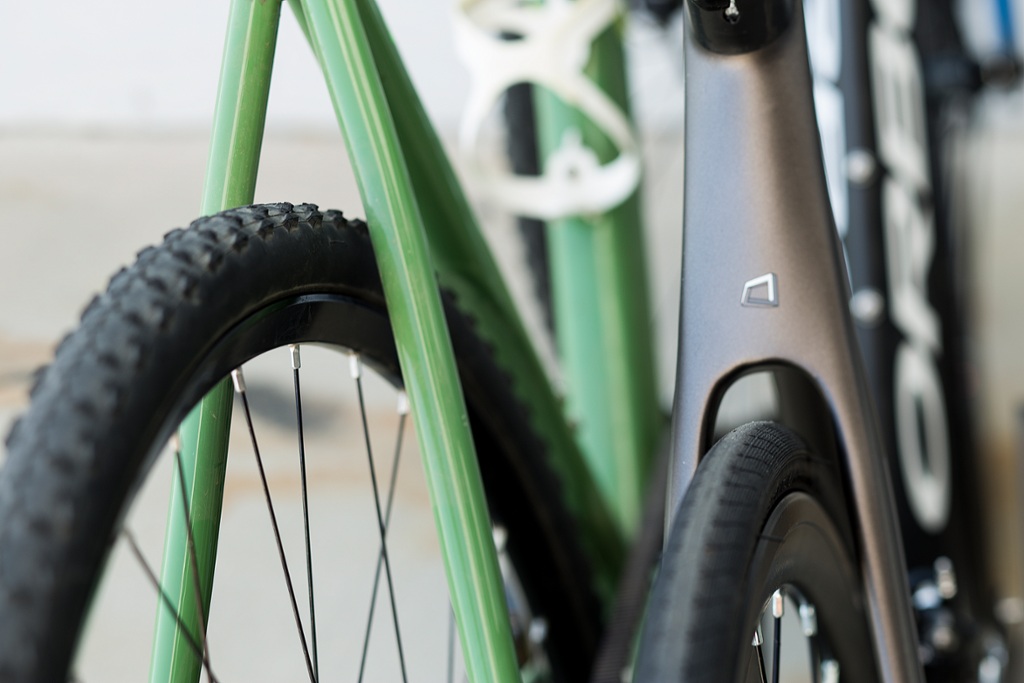
A cyclocross bike is a type of road bike made specifically for racing on a course of mixed terrain. They traditionally come with disc brakes, which allow plenty of room for tire and mud clearance. Those seeking more voluminous tires on the road often turn to the ‘cross bike, however categorically these bikes are built for racing in 45-minute increments and often the geometry is too aggressive for long-distance road rides.
The (somewhat) newly coined category of gravel bikes help bridge the gap between modern road and cyclocross race bikes. The geometry of a gravel bike is typically more relaxed than either a road or cyclocross bike and it also has much more tire clearance. Gravel bikes are almost always found with disc brakes and often also have enough rack mounts for some light touring. In recent years this category has been increasing in popularity as riders have grown to appreciate the larger tires and supple ride qualities of gravel bikes.

Up until recently, road bikes mainly used rim brakes. These come in a couple of different flavors, but the action is the same – when the brakes are applied, the pads drag against the rim to slow the bike down. The two most common forms of rim brakes found on road bikes are the standard road caliper and the cantilever. If staying on the road and carrying little to no extra weight, rim brakes are great as they are easy to set up and maintain. However, if you plan to carry extra weight and ride in the dirt or rain, disc brakes are awesome as they offer more braking power.
Disc brakes have been making their way into the drop bar world for several years now with more and more frame manufacturers adopting the standard. A lot goes into building a disc-specific road bike: the frame needs particular disc brake mounts, the hubs on the wheels need to accept rotors, and the calipers need to be road-specific because drop-bar brake levers pull a different amount of cable as flat bar levers. Most rear disc hubs are spaced at 135mm where modern rim brake road hubs are spaced at 130mm – this means the frame needs to be made specifically for disc brakes (or have some sort of adapter/chip system like you see on the Orbea Avant).
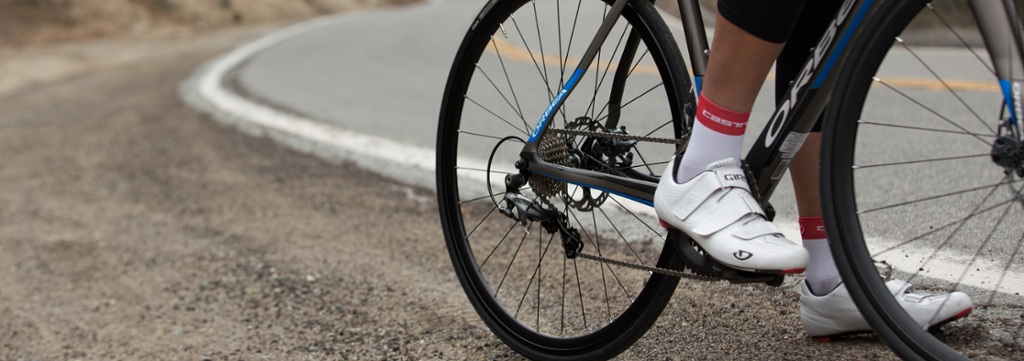
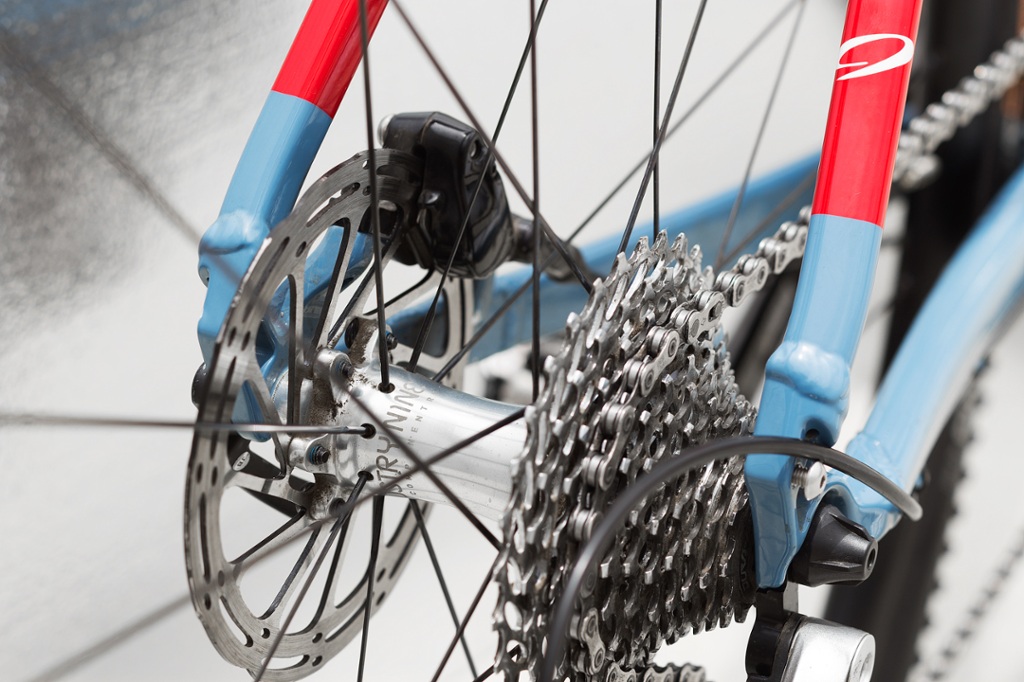
Drivetrains remain relatively simple, really only adding a gear or two to the cassette every few years. Electronic drivetrains are growing in popularity and have done away with the mechanical pulley system, although it’s essentially doing the same thing as before. The gearing is quite a bit different from mountain biking, but the principles are essentially the same. Bigger gears on the crank-set are harder but faster. Inversely, the bigger the cog on the cassette, the slower you go but it’s also much easier on the climbs. Road cassettes can vary in range. Bigger cassettes make pedaling easier, but also increases the number of cogs shifted between each gear. Smaller cassettes are harder to push around but offer smoother gear transitions across the entire cassette to help optimize cadence.
Cranksets also vary from road, cyclocross, and touring. There are 3 types of modern road cranks: standard, compact and mid-compact. Standard road cranks use 53/39-teeth chainrings, compact road cranks use 50/34-teeth rings, and mid-compact strikes a nice middle ground by using 52/36-teeth chainrings. Standard cranks are typically for strong riders that like to hammer away at the pedals and go fast. Many riders prefer the ease of compact road cranks to the speed of standard road cranks.

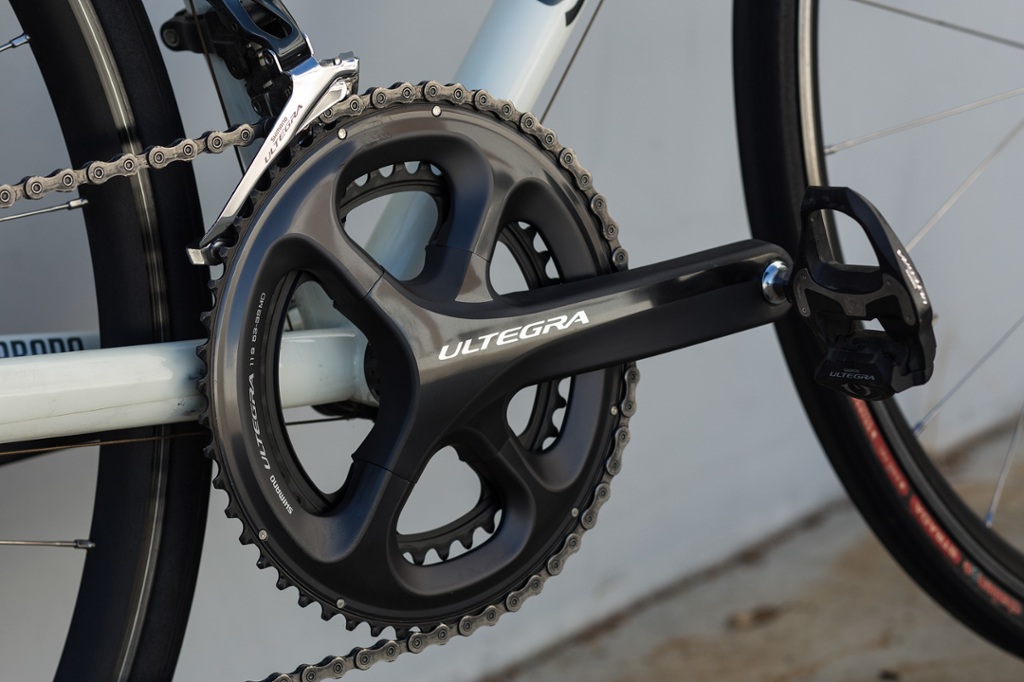
As with any investment, you’re going to want to do your homework before making a commitment. An informed decision can prevent a world of headaches (and potential backaches) later down the road.
As with mountain bikes, most modern road bikes abide by a handful of industry standards such as hub spacing and steerer tube diameters but there are also areas of the bike where there are multiple standards, such as bottom bracket shell widths and headset types (although these are typically non-issues as they can be conformed to any standard with the correct bearing or adapter).
Unfortunately, not all standards are cross-compatible with one another and sometimes the desired setup on a particular frame is either impractical or simply impossible. For example, you can’t just upgrade to a tapered fork if your frame isn’t designed for it. Similarly, upgrading to an 11-speed drivetrain could require a whole new rear wheel, but often manufacturers allow you to change out just the freehub body to fit that extra cog.
Unless you’re racing and need to stay competitive with the latest and greatest technologies, a solid road bike will last many years with just some basic maintenance. Head to your LBS to test ride different setups. Ask some friends to ride their bikes. See a guy on the road with an interesting setup? Ask him about it! Surely he’s got plenty to say (at least until the light changes). Research the costs and benefits of different bikes and setups and decide whether or not they make sense for you.
SHOP NOW
SHIP ALMOST ANYTHING & SAVE
SHOP NOW
SHOP NOW
SHOP NOW
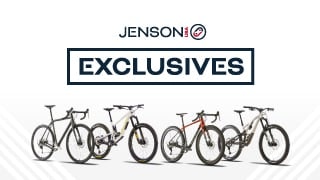



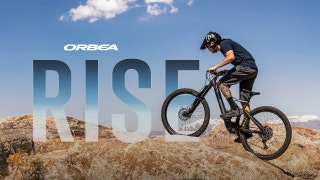
Follow Jensonusa